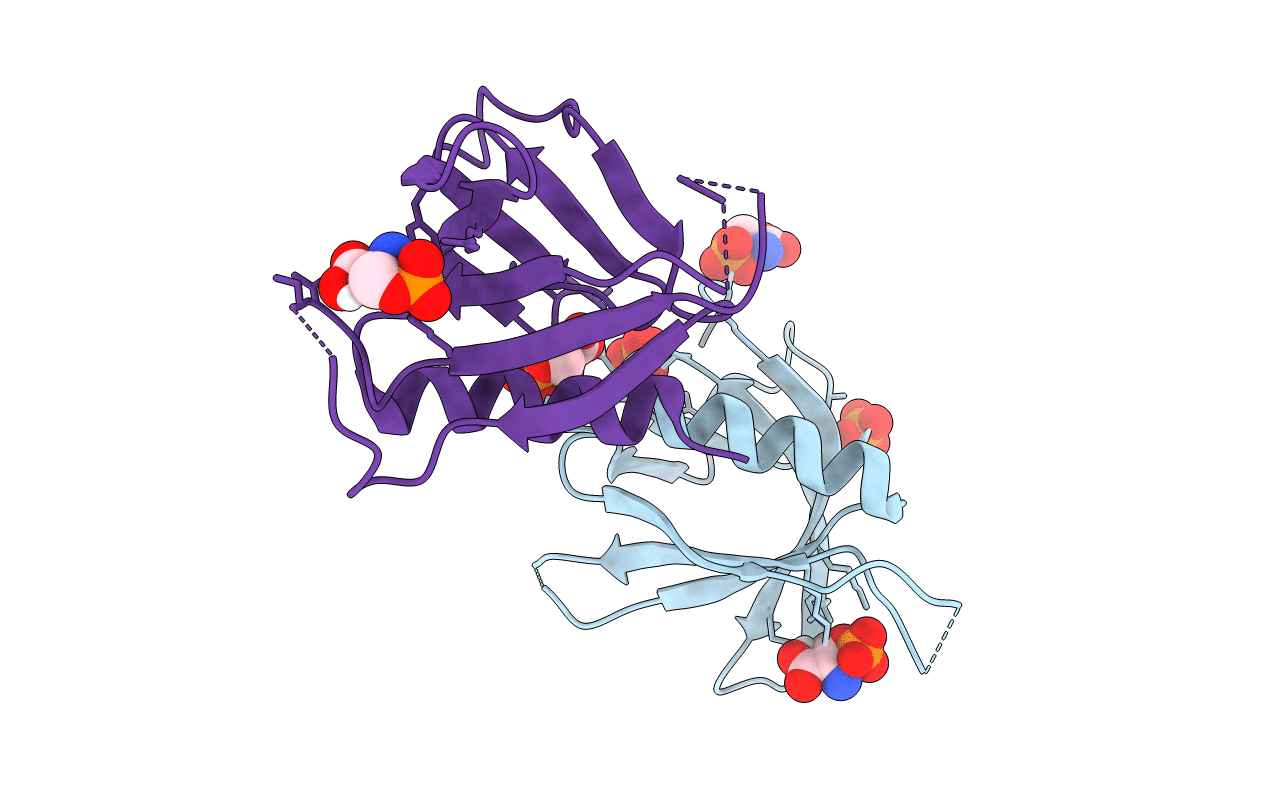
Deposition Date
2011-11-02
Release Date
2012-06-13
Last Version Date
2023-12-20
Entry Detail
PDB ID:
4A6F
Keywords:
Title:
Crystal structure of Slm1-PH domain in complex with Phosphoserine
Biological Source:
Source Organism:
SACCHAROMYCES CEREVISIAE (Taxon ID: 4932)
Host Organism:
Method Details:
Experimental Method:
Resolution:
1.68 Å
R-Value Free:
0.24
R-Value Work:
0.21
R-Value Observed:
0.21
Space Group:
P 2 21 21


